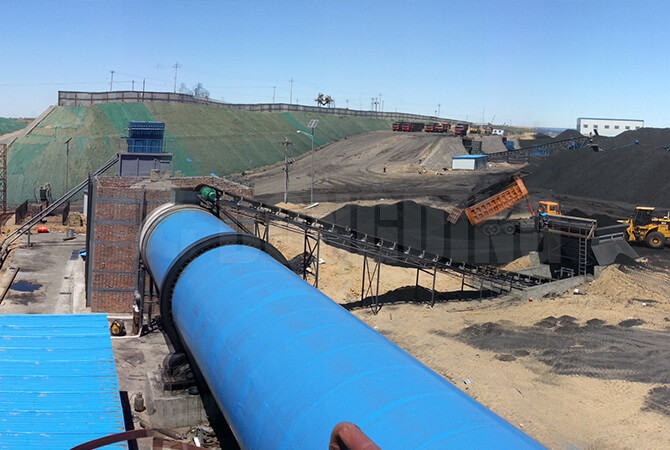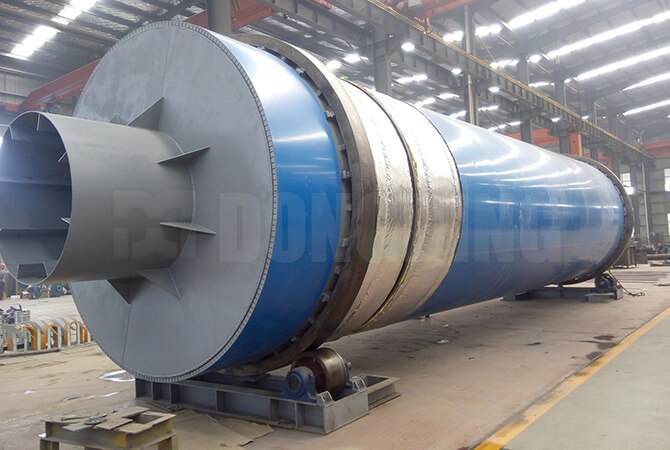Iron Ore Dryer
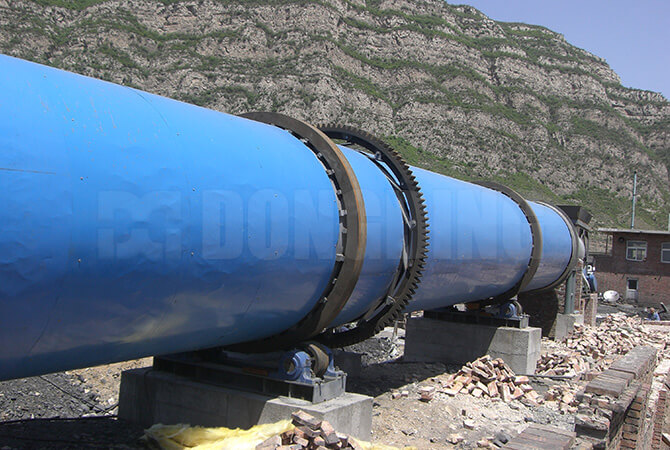
Iron Ore Dryer Introduction
Iron ore dryer is a kind of drying equipment specially designed for iron ore materials drying. It is developed on the basis of rotary drum dryer and in combination with the characteristics of iron ore itself. The iron ore dried by our mineral dryer has high quality, wide application range and large market demand, which can bring certain economic benefits to enterprises.
Advantages of Iron Ore Drying Machine
1. Stable operation. The iron ore dryer can operate continuously with low failure rate.
2. High degree of automation. Computer automatic control, easy to operate.
3. Energy conservation and environmental protection. The complete iron ore drying line has good sealing performance, less heat loss and less pollution to the environment.
4. Small floor area. With perfect production line configuration, the entire drying line occupies small area and has low land investment cost.
5. Wide drying application. The iron ore dryer ia applicable for drying tailings, slag, mineral powder, clay and other mineral materials.
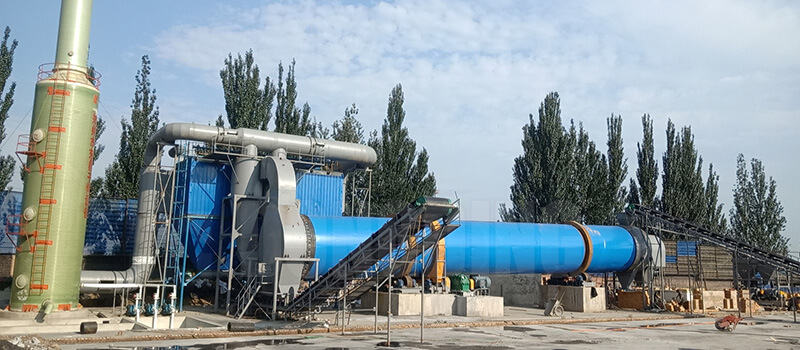
Configuration of Iron Ore Drying System
The iron ore drying system mainly consists of heat source device, rotary dryer, dust removing device, induced draft fan, supporting roller device, feeding and discharging device, transmission device, power distribution cabinet and other parts. And the transmission device is composed of motor, reducer, coupling and other components.
Iron Ore Dryer Machine Wide Application
Applicable Materials: iron ore, molybdenum ore, gold ore, limestone, slag, clay, fly ash, coke, slag, river sand and other mineral materials with certain humidity or particle size.
Application fields: Ore dryer is widely used in building, road construction, chemical industry and other fields that need iron ore raw materials.
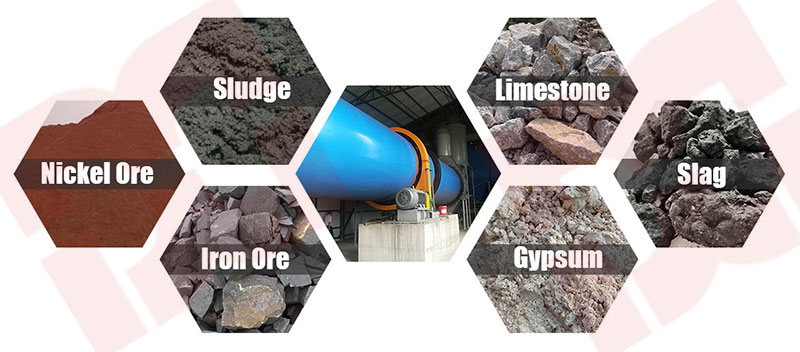
Iron Ore Dryer Working Principle
The iron ore with a certain humidity is fed from the higher end of the drum by the conveyor, while the heat source is fed from the lower end. The iron ore is constantly lifted and scattered by the lifting board. At the same time, the iron ore moves towards the lower end under action of gravity. The heat source continuously moves towards the higher end of the drum. In this way, the iron ore and the heat source must meet at some point in the drum, and then reverse contact occurs. During the contact process, the heat source transfers heat to the iron ore for drying. Subsequently, the heat source is discharged from the higher end and the dried iron ore is discharged from the lower end.

